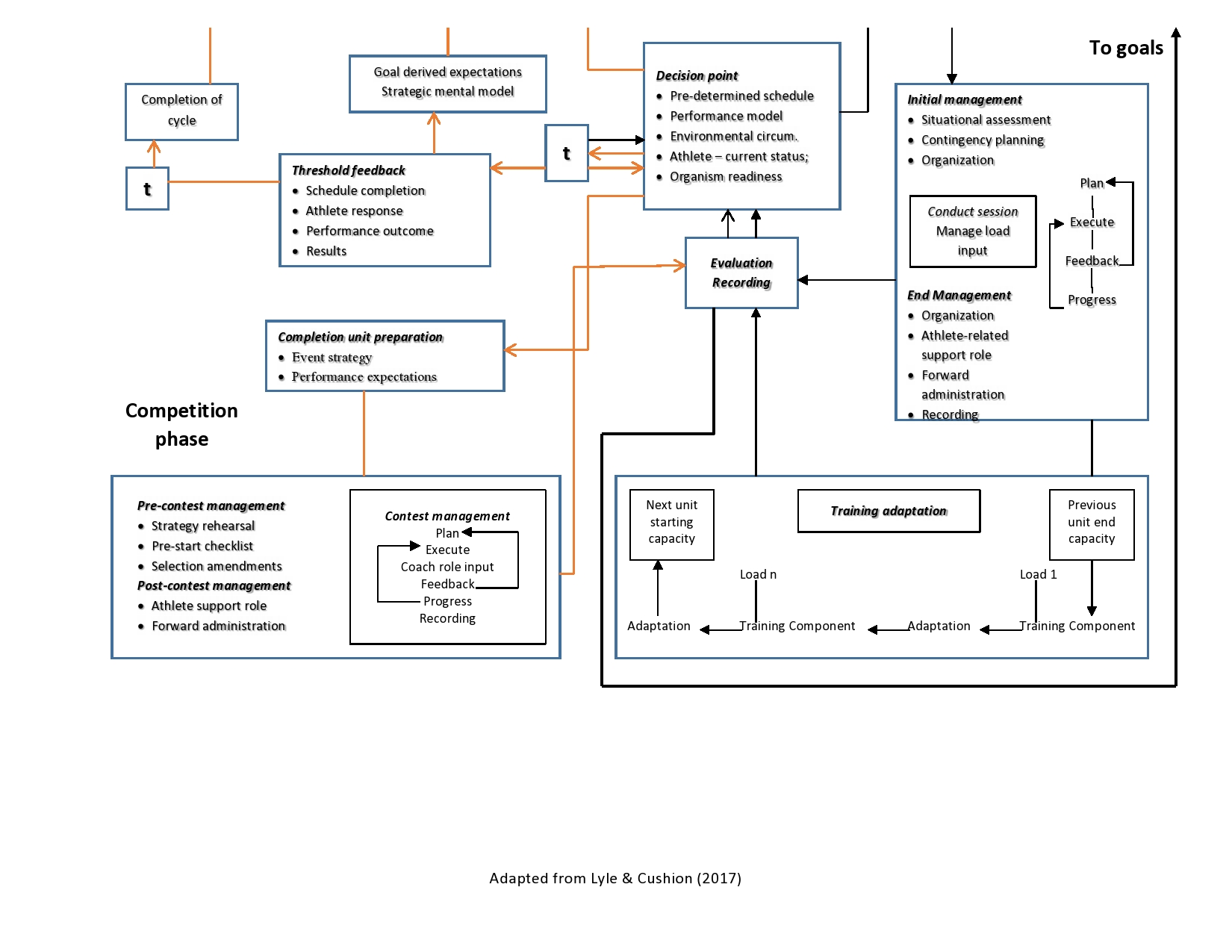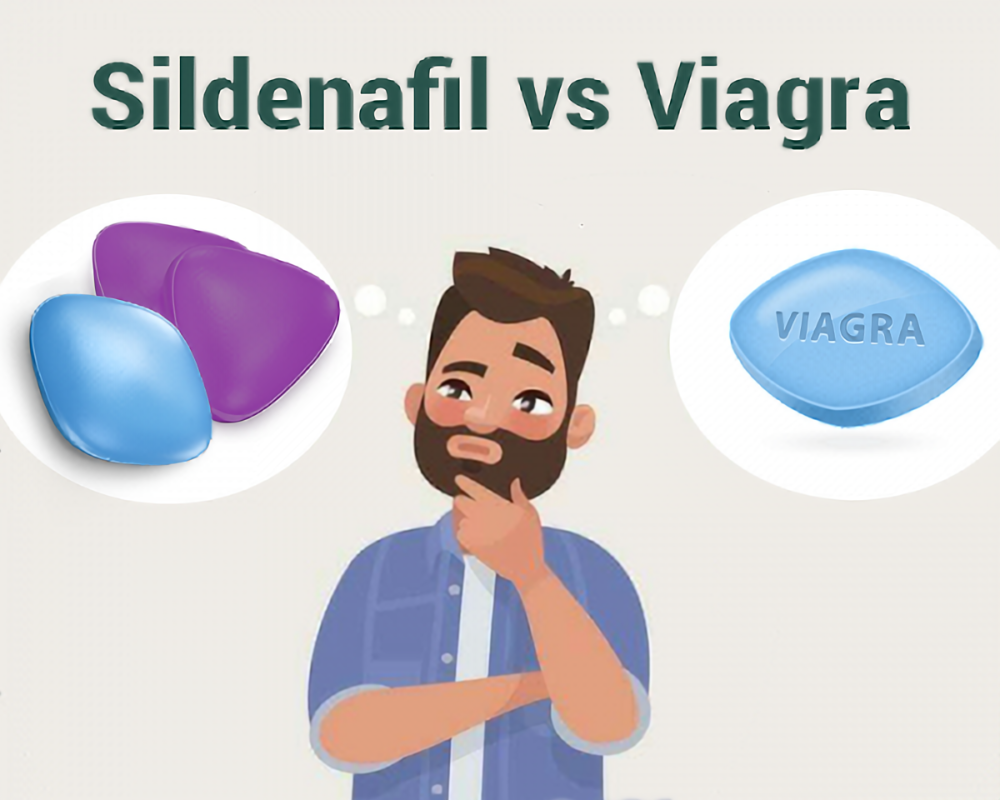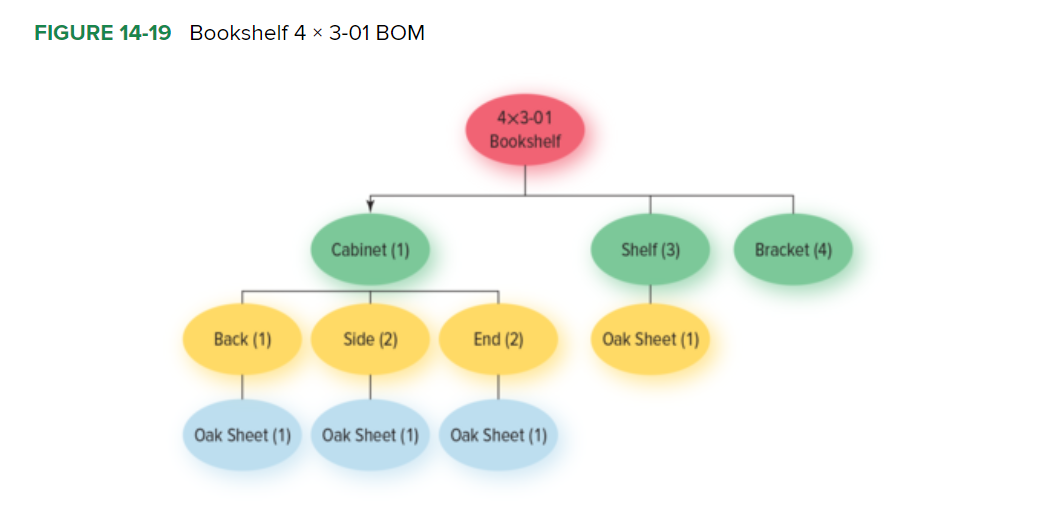In this assignment, your Quantitative Reasoning Skills will be assessed. The Quantitative Reasoning rubric will be useful for this purpose. In MGT511 quantitative reasoning skills were assessed at the “introduced” level. In HRM520 they were assessed at the “reinforced” level. Finally, in this course your skills will be assessed at the “emphasized” level.
The math that we learned in high school and perhaps relearned in college has applications in nearly all fields including human resource management. In this case assignment we will look at something as simple as straight lines, as in linear equations.
Straight lines play an important role in a wide variety of applications, in many fields including business.
An equation with two variables is a linear equation. Many relationships are linear or almost linear, so that they can be approximated by linear equations.
If you need a refresher on solving equations, watch the Khan Academy, level 2 video retrieved from https://www.khanacademy.org/math/algebra-home/alg-basic-eq-ineq/alg-old-school-equations/v/algebra-linear-equations-2
Quantitative Reasoning Skills
Example:
The following linear equation is useful to make a future projection:
In 1970, there were 37,000 shopping malls in the United States.
Even with the growth of online shopping, in 2017 there were 116,000 shopping malls.
If this growth continues, how many shopping malls will there be in 2030?
Let’s use two variables:
y = number of shopping centers
x = number of years after 1970
So, to put this in an equation:
y = 116,000-37,000×1970-2017 +37,000
79,00047 = 1,681
So, the linear equation is y = 1681x + 37,000
Now, assuming that this equation remains valid in the future, we can predict how many shopping malls there will be in 2030:
There are 60 years between 1970 and 2030.
y = 1681(60) + 37,000
y = 100,860 + 37,000 or 137,860 shopping malls in 2030.
This example probably reminds you that there might be other factors going on that will not make this equation valid in the future. But, for our purposes, it shows if all things stay the same, we can make future predictions.
There are many different examples of ways linear equations are used in real life—for example, distance traveled by a bus compared with distance traveled by a bicycle. Which one will get to work on time? Or, production rates—will employees who are slow producers make as many products over time as employees who are only speedy during the first part of the shift? This type of linear application can also be applied, of course, to pricing, dimensions, and mixing raw products. For example, if we have two semi-trucks of products moving toward each other at different speeds to reach the same point, which one will reach the dock sooner? Another example is estimating how much a box of 60 safety glasses on sale for $120 and marked down by 35 percent cost before the sale.
Yet another example of a real-life linear equation is estimating the dimensions of office shelving whose width needs to be four times its height, given that the wood available for use is 72 feet. Or, estimating how much a company pays a vendor for raw material that was priced yesterday for $800, but today has been marked up 25 percent.
Case Assignment
Now it is your turn. For the Module 4 Case Assignment, solve the following three problems, completing a, b, and c for each problem. In “b” for each, explain step by step how you arrived at the answer. And in “c” for each, conduct research to arrive at a strong (informative) paragraph, being sure to cite sources.
Quantitative Reasoning Skills
Problem #1: According to the U. S. Bureau of Labor Statistics, there were about 16.3 million union workers in 2000 and 14.7 million union workers in 2018.
- If the change in the number of union workers is considered to be linear write an equation expressing the number y of union workers in terms of the number x of years since 2000.,
- Assuming that the equation in part “a” remains accurate use it to predict the number of union workers in 2050.,
- Is the number that you came up with in 1b realistic?, Why or why not? What can interfere with the future number of union workers that the equation does not account for?,
Problem #2: According to the U.S. Bureau of Labor Statistics, in 1990, 529,000 people worked in the air transportation industry. In 2018, the number was 498,780.
- Find a linear equation giving the number of employees in the air transportation industry in terms of x, the number of years since 1990.
- Assuming the equation remains valid in the future, in what year will there be 400,000 employees in the air transportation industry?
- Is the number you came up with in 2b realistic? Why or why not? What can interfere with the future number of employees working in the air transportation industry that the equation does not account for?
Problem #3: The U.S. Bureau of Labor Statistics estimated that in 1990, 1.1 million people worked in the truck transportation industry. In 2018, the number was 1.5 million.
- Find a linear equation giving the number of employees in the truck transportation industry in terms of x, the number of years since 1990.,
- Assuming the equation remains valid in the future in what year will there be 2.5 million employees in the truck transportation industry?,
- Is the number you came up with in 3b realistic? Why or why not? What can interfere with the future number of employees working in the trucking industry that the equation does not account for?
Source: U.S. Bureau of Labor Statistics. Occupational employment statistics. Retrieved from
https://www.bls.gov/oes/current/naics4_484000.htm#00-0000.
Quantitative Reasoning Skills
Assignment Expectations
- Critical Thinking: Expresses quantitative analysis of data to support the discussion showing what evidence is used and how it is contextualized.
- Interpretation: explains information presented in mathematical terms (e.g., equations, graphs, diagrams, tables, and/or words).
- Presentation: Able to convert relevant information into various mathematical terms (e.g., equations, graphs, diagrams, tables, and/or words).
- Conclusions: Draws appropriate conclusions based on the analysis of factual information/data.
- Timeliness: Submits assignment on time or with professor’s pre-approved assignment extension.












